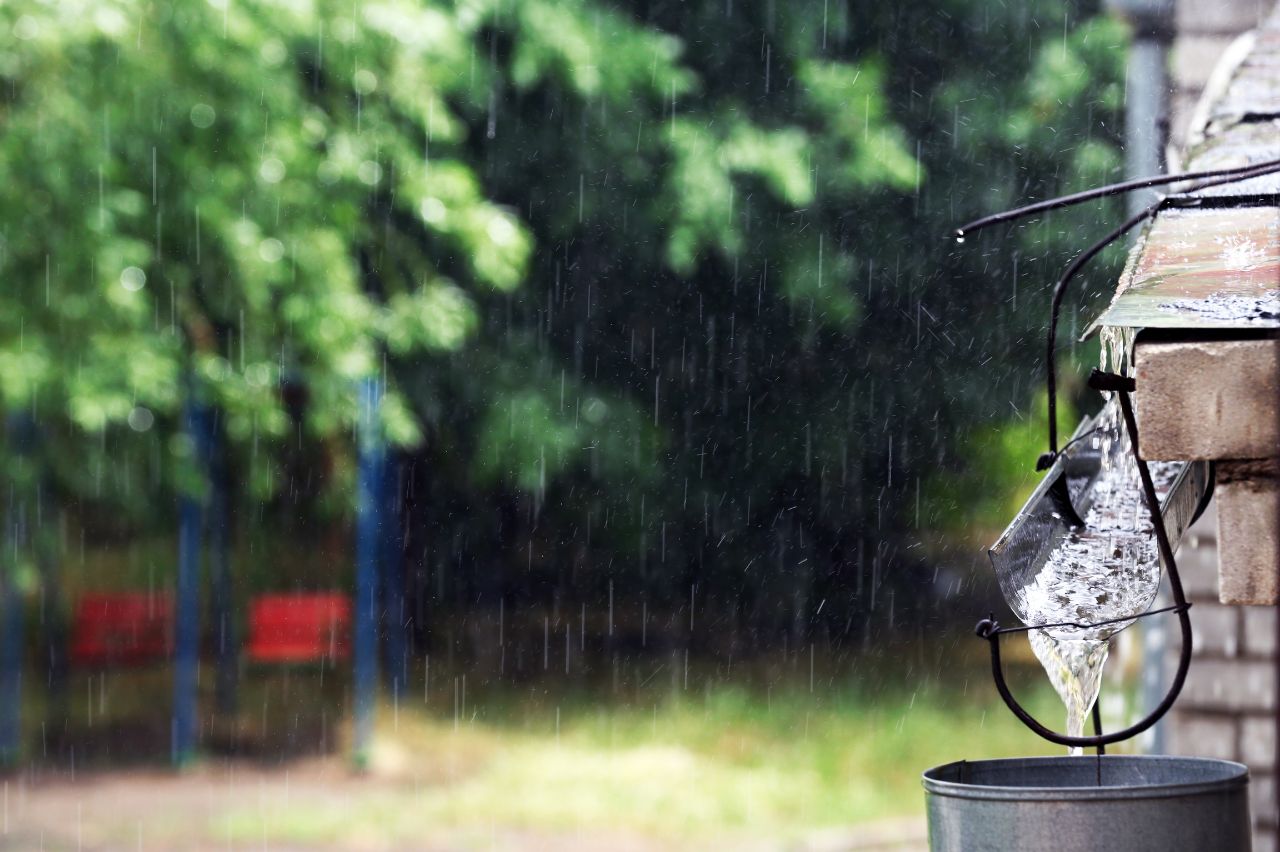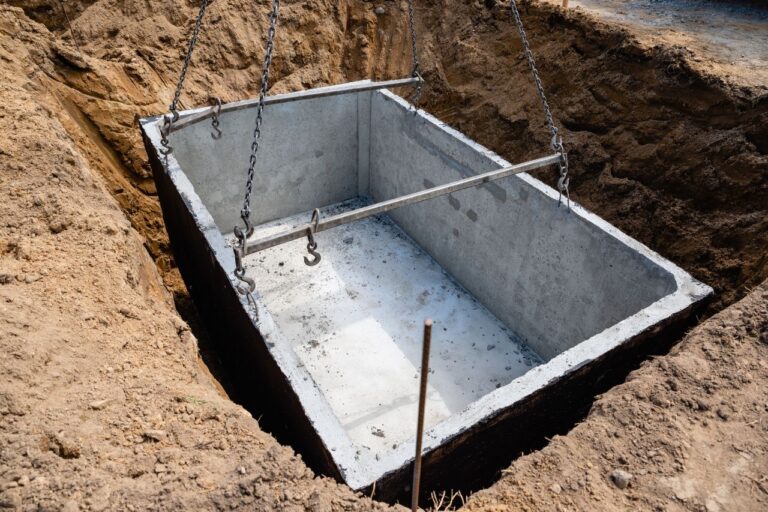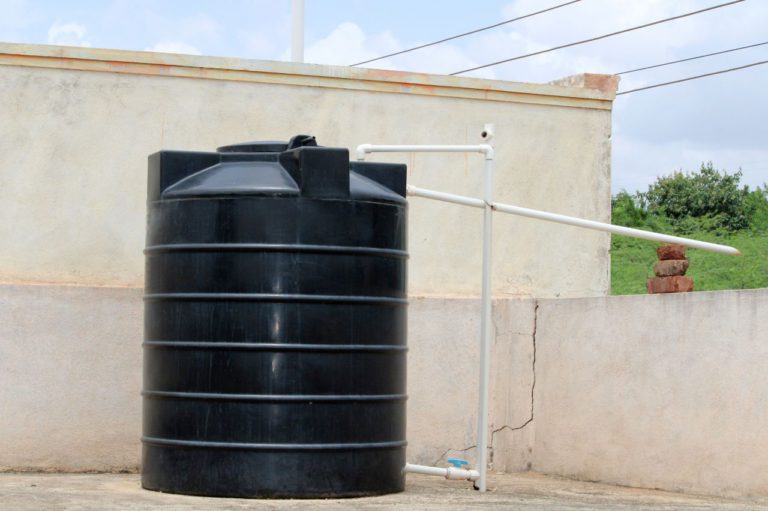How Much Rainwater Storage Do You Need To Stay Prepared?
For homeowners who want to take advantage of rainwater collection and storage, determining how much tank capacity is necessary is an important part of the planning process. By calculating your area’s average rainfall, the number of occupants in your home, and other variables, you can work out the ideal capacity for your tank.
Determine Your Local Average Rainfall Levels
The first step in understanding the amount of rain you will need to collect, and store is to consider your local average annual rainfall. You can research this information from your state or local government, or by searching online for any rainfall records covering a 10-year period. This can help you determine how much rainwater storage you’ll need so that you are prepared for unexpected droughts and water shortages.
Consider Your Family Size and Potential Water Usage
It’s important to consider your family size and potential water usage when determining how much rainwater storage you need to remain prepared. Your water needs depend on the number of people in your household and their water-use habits. Consider any outdoor activities that could use rainwater, such as gardening or car washing, when calculating your total household usage.
For most households, the key to sufficient rainwater storage is having enough tanks to handle storms and wet seasons. The majority of families will need multiple tanks to ensure they have enough water during dry periods. A simple rule of thumb is 1,000 gallons per person in the household. Depending on your location and climate, you may need substantially more or less than this recommendation. Make sure to do some research and speak with local experts about proper water storage for your area.
Calculate the Volume of Rainwater to Be Harvested
After you’ve determined your water needs, calculate the volume of rainwater to be harvested. A good starting point is a minimum of 1,000 days’ worth of storage for every person in your household. For example, if you have four people, you’ll need a minimum storage capacity of 4,000 days. To calculate the total volume required, multiply the daily water requirement by the number of days’ worth of storage desired and divide this value by seven to get the number of gallons needed.
You can also find local average rainfall amounts to supplement your calculations. Divide the total rainfall expected in a given month by the days in that month. This provides you with an average daily rainfall, which will then allow you to determine your storage needs. For example, if the monthly rainfall is 5 inches, divide it by 30 days to get .16 inches per day. Multiply this value by 4,000 for your family of four (1,000 per person) and then divide it by seven to get a need for 571 gallons of rainwater storage.
Investigate Available Tank Capacity Options
Once you have determined the desired storage size, investigate the capacity options of rainwater tanks. If a large-capacity tank or an array of tanks is used, take into consideration how much space is available in and around your home to accommodate the tank size needed. Tanks can come in different capacities and shapes, allowing for flexibility in selecting one that fits your needs best. However, if you select a tank that does not meet your storage capacity requirements, you may find yourself short of water when you need it most.
When selecting the appropriate size for your rainwater tank, consider the needs and size of your household, as well as the amount of rainfall that you usually experience in an average year. For example, if your normal home water usage is 15,000 liters (3,960 gallons) per month and you typically receive 10 inches of rain a year in your area, then a 6500-liter (1,711 gallon) tank would be sufficient to meet your storage needs. Therefore, determining how much storage capacity is necessary can help ensure that you get the right size and type of rainwater tank for the job!
Decide On a Rainwater Filtration System For Drinking Water Purposes
Another factor to consider when deciding how much rainwater storage capacity you need is whether or not a filtration system is needed. If you are planning on using the collected rainwater for drinking and other such purposes, it’s important that you filter the water to ensure it is clean and safe for consumption. Depending on your location, different filtering systems will be more suitable than others. To get an idea of what options are available in your area as well as their prices, do some research on local water filtration companies’ websites to find out more.
Filtration systems are typically sized based on how much water you want to store, as well as the size of the rainwater collection area. Make sure you research properly and consult a professional to find out what is suitable for your needs. Regular maintenance of your filtration system is also crucial in order to ensure that your drinking water stays clean and safe. If you have the right information, you can make an informed decision about how much rainwater storage capacity is the right fit. With so many options available, it can be difficult to know where to start but getting help from experts is worth it when it comes to something as important as having a clean source of drinking water.





